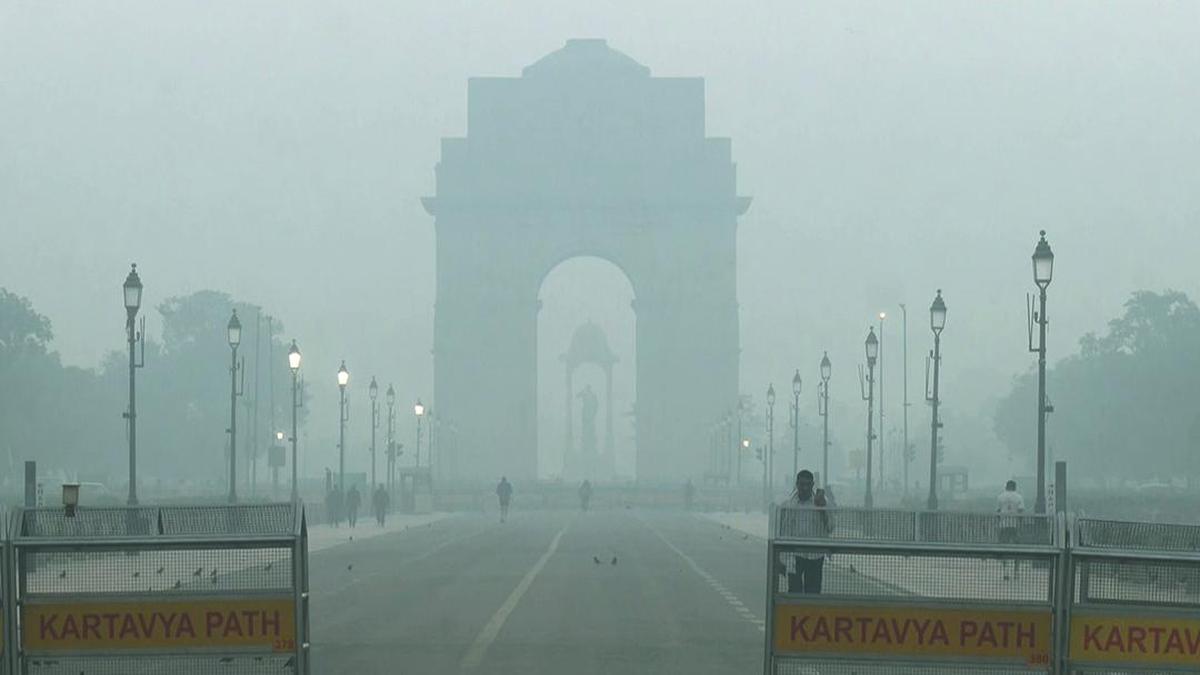Views
18
Two members of the Grow-Trees.com team recently went on a site visit to our project in the district of Kheda in the Indian state of Gujarat. They discovered, first-hand, the far-reaching social impact that planting trees in this community is going to have!
Last year, our corporate partner Landmark planted 26, 000 trees along the banks of the river Mahisagar. The soil on the river banks is loose and of a sandy to loamy quality. This means that every monsoon, when the river over-flows, it forms deep ravines along its course — eroding soil and destroying small-scale vegetation. The need for trees in this region to arrest soil erosion and fortify the banks of the river to contain floods, is pressing.
The Grow-trees.com project is spread around Sarnal village which is 103 km from the city of Ahmedabad. Our planting partners in the region FES report that planting activities here depend heavily on the volume of rain received during the monsoon every year but thanks to the Mahisagar river, water is available practically all year round.

A panaromic view of the landscape.
About 500 families in Sarnal village depend on farming, agro-forestry and odd jobs in and around towns and cities for wages. The hope, however, is that future generations would be able to pursue agriculture and sustain themselves on Non-Timber Forest Produce for their livelihoods without having to resort to sporadic sources of income.
The tree species grown here include bamboo, custard apple, babool, (tooth cleaning twigs) which are of commercial value to the villagers. As a result of planting trees in this region, each family obtains approximately 20kgs of fodder per year which is essential for cattle rearing and husbandry increasing dairy production–a huge industry in Gujarat.
The famous Galteshwar Mahadev Temple (a Shiv Temple) situated in this region attracts swarms of people around the month of Shravan and on Mondays. In this temple, on the surface atop which the idol of Lord Shiva rests, there exists a small grove that allows worshippers to insert their hands (up to four fingers) and experience a rush of water from the Galti river (a tributary of the Mahisagar with no marked course anywhere around the temple) that flows under the temple occasionally sprinkling water on the idol of Lord Shiva! A small miracle of sorts, this phenomenon and the Galteshwar Temple have put Sarnal village firmly on the map.

The Mahi river.
The region is rich in customs — locals wear vibrant shades of saffas (turbans) and dhotis (self-draped pants) but stringent rituals make social life a burden. For this reason, education and economic upliftment of the communities living here will ultimately help them overcome social prejudices and financial roadblocks in a sustainable manner.
Subscribe to our newsletter and recieve a selection of our cool articles every week.

When Mumbai’s Morning Haze No Longer Feels Like Home
Mumbai Weather Update: AQI Turns Severe as Thick Haze Persists, Free Press Journal (FPJ).
Nov 24, 2025

Delhi Is Gasping Again, And This Time, Even the Clouds Refused to Help
Delhi is choking again. AQI levels have slipped into the ‘severe’ zone, cloud seeding failed, and emergency measures barely make a dent. Because the city doesn’t need one-off fixes, it needs long-term healing. Trees remain the simplest, most effective answer. They absorb carbon, trap dust, cool the air, and act as natural lungs. If Delhi wants cleaner winters, it needs more green cover, not just temporary interventions. Clouds may not cooperate, but trees always will.
Nov 17, 2025
Copyrights @ 2025 All rights reserved by Pangea EcoNetAssets Pvt Ltd.